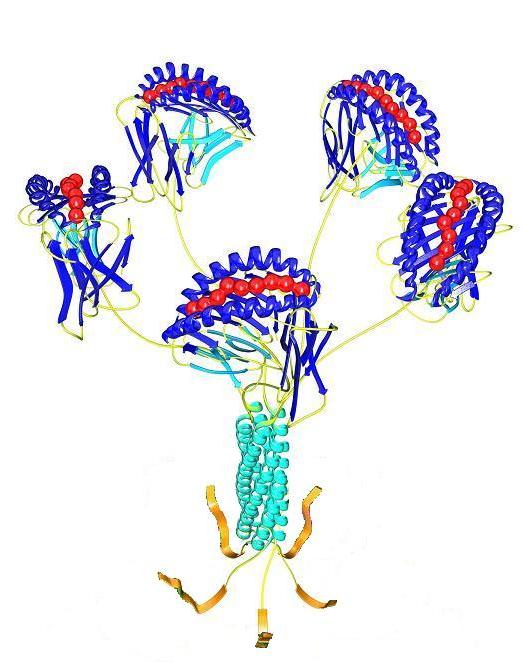
Zhu, A., et al. (2025). Robust mucosal SARS-CoV-2-specific T cells effectively combat COVID19 and establish polyfunctional resident memory in patient lungs. Nature. DOI: s41590-024-02072-9
Serafini B., et al. (2024). EBV infected cells in the multiple sclerosis brain express PD-L1: How the virus and its niche may escape immune surveillance. Neuroimmunology. DOI: j.jneuroim.2024.578314
Jung, et al. (2021). SARS-CoV-2 spike-specific nasal-resident CD49a+CD8+ memory T cells exert immediate effector functions with enhanced IFN-γ production. Nature. DOI: s41467-024-52689-5
Jung, et al. (2021). The generation of stem cell-like memory cells early after BNT162b2 vaccination is associated with durability of memory CD8+ T cell responses. Immunity. DOI: 10.1016/j.celrep.2022.111138
Jung, et al. (2021). SARS-CoV-2-specific T cell memory is sustained in COVID-19 convalescent patients for 10 months with successful development of stem cell-like memory T cells. Nature. DOI: s41467-021-24377-1
Rha, et al. (2020). PD-1-Expressing SARS-CoV-2-Specific CD8+ T Cells Are Not Exhausted, but Functional in Patients with COVID-19. Immunity. DOI: 10.1016/j.immuni.2020.12.002
Peng Y., Dong T., et al. (2020). Broad and strong memory CD4+ and CD8+ T cells induced by SARS-CoV-2 in UK convalescent COVID-19 patients. Nature Immunology. DOI: 10.1038/s41590-020-0782-6
Ferdosi S. R. et. al. (2019). Multifunctional CRISPR-Cas9 with engineered immunosilenced human T cell epitopes. Nature Communications. DOI: 10.1038/s41467-019-09693-x
Serafini B. et al. (2019). Epstein-Barr Virus-Specific CD8 T Cells Selectively Infiltrate the Brain in Multiple Sclerosis and Interact Locally with Virus-Infected Cells: Clue for a Virus-Driven Immunopathological Mechanism. J. Virology. DOI: 10.1128/JVI.00980-19
Chew G.M. et al. (2016). TIGIT Marks Exhausted T Cells, Correlates with Disease Progression, and Serves as a Target for Immune Restoration in HIV and SIV Infection. PLoS Pathog. DOI: 10.1371/journal.ppat.1005349
Magini D. et al. (2016). Self-Amplifying mRNA Vaccines Expressing Multiple Conserved Influenza Antigens Confer Protection against Homologous and Heterosubtypic Viral Challenge. PLoS One. DOI: 10.1371/journal.pone.0161193

